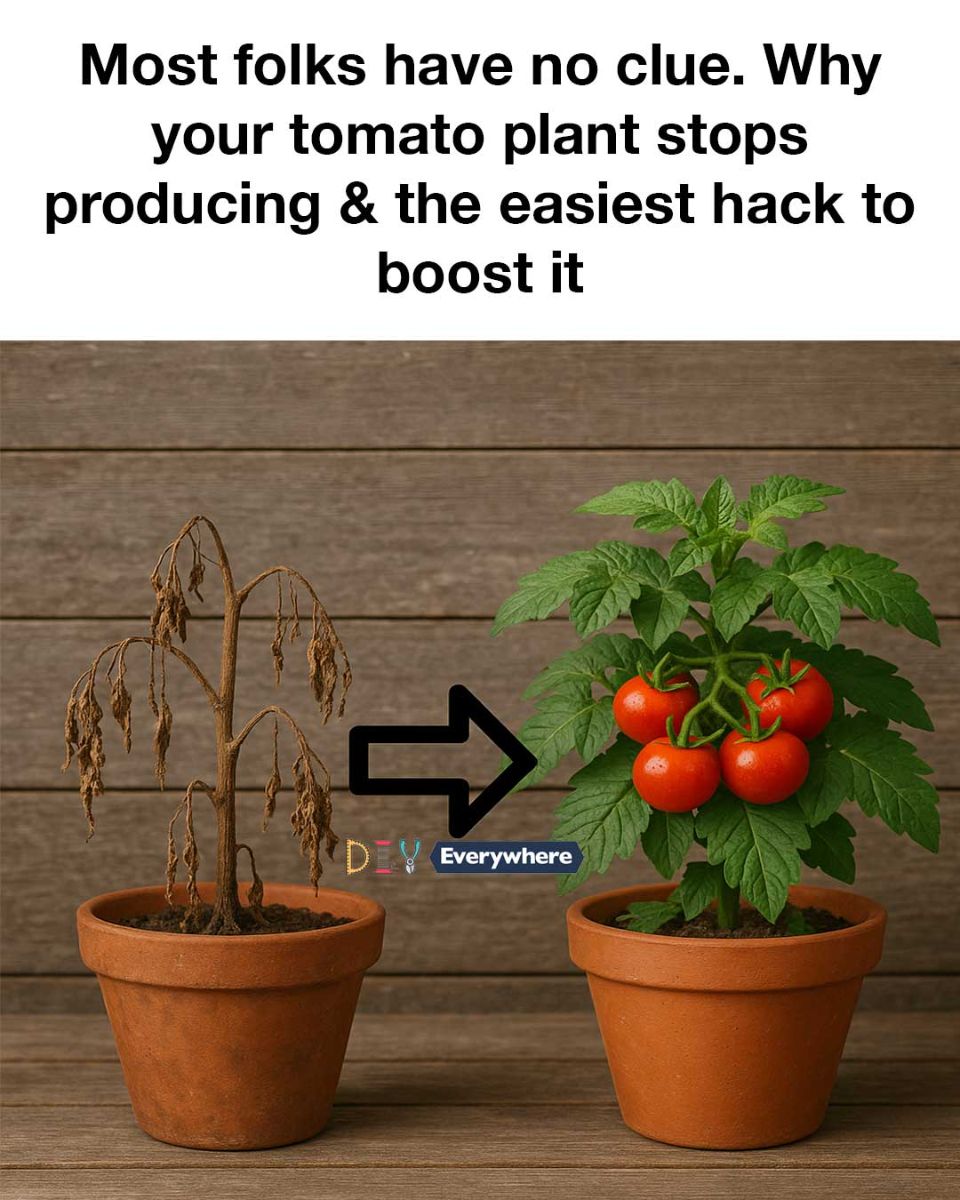3. The Role of Temperature in Flowering and Fruiting
Tomato plants are sensitive to temperature, and both high and low extremes can affect their ability to flower and fruit. Optimal temperatures for tomato production are between 70°F and 85°F during the day and 55°F to 70°F at night. Temperatures above 90°F can cause flowers to drop, while temperatures below 55°F can inhibit fruit set.
To mitigate temperature-related issues, consider using shade cloths during heatwaves or row covers during cooler nights. These simple measures can help maintain a stable environment for your plants.
4. Importance of Proper Watering Techniques
Consistent watering is crucial for tomato plants, as both overwatering and underwatering can lead to problems. Tomato plants generally require about 1-2 inches of water per week, depending on weather conditions. It’s best to water deeply and infrequently to encourage deep root growth.
Mulching around the base of the plant can help retain soil moisture and reduce evaporation. Additionally, watering in the early morning allows the plant to absorb moisture before the heat of the day sets in, reducing the risk of fungal diseases.
5. Nutrient Deficiencies and Their Impact on Yield
Tomato plants require a balanced supply of nutrients to produce abundant fruit. Nitrogen is essential for leafy growth, while phosphorus supports root and flower development. Potassium is crucial for overall plant health and fruit quality.
A lack of any of these nutrients can lead to poor fruit production. For example, a nitrogen deficiency may result in yellowing leaves and stunted growth, while a lack of phosphorus can cause dark green leaves and delayed flowering. Regular soil testing and the use of balanced fertilizers can help prevent these issues.
6. How Pruning Affects Tomato Production
Pruning is an important practice for managing tomato plants, as it helps improve air circulation and sunlight penetration. Removing suckers, which are the small shoots that develop in the leaf axils, can direct the plant’s energy towards fruit production.
However, excessive pruning can reduce the plant’s ability to photosynthesize, leading to lower yields. It’s important to find a balance by removing only the necessary growth to maintain a healthy, productive plant.
7. The Influence of Pollination on Fruit Set
Pollination is essential for tomato plants to set fruit, and it often relies on wind or insects to transfer pollen from the male to the female parts of the flower. Inadequate pollination can result in fewer fruits or misshapen tomatoes.
To encourage pollination, consider planting flowers that attract bees and other pollinators near your tomato plants. Additionally, gently shaking the plants can help distribute pollen, especially in indoor or greenhouse environments where natural pollinators may be scarce.
CONTINUE READING ON THE NEXT PAGE 🥰💕

